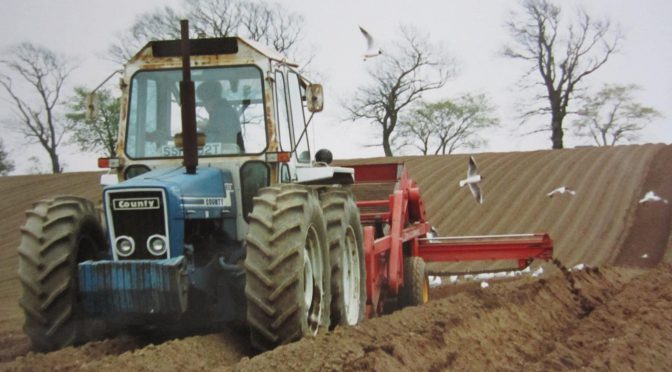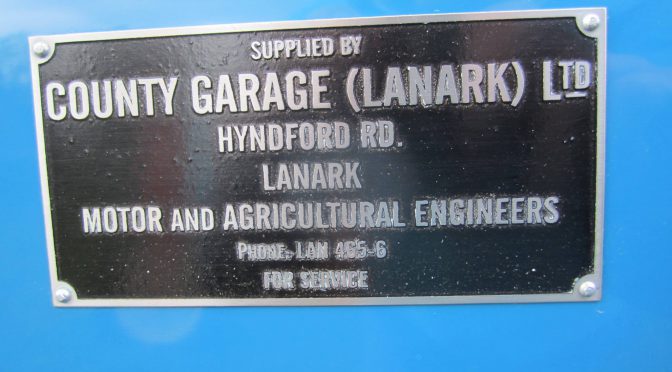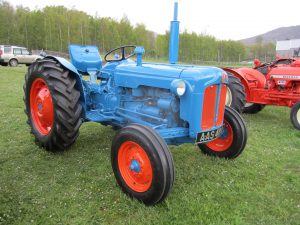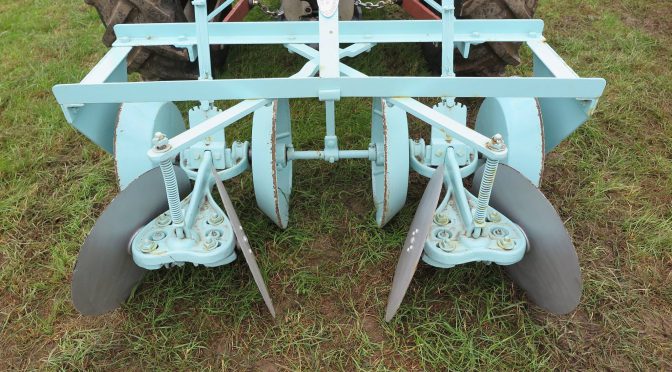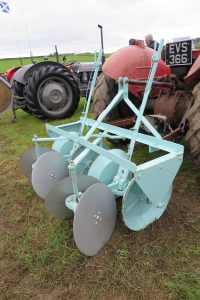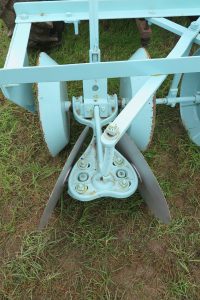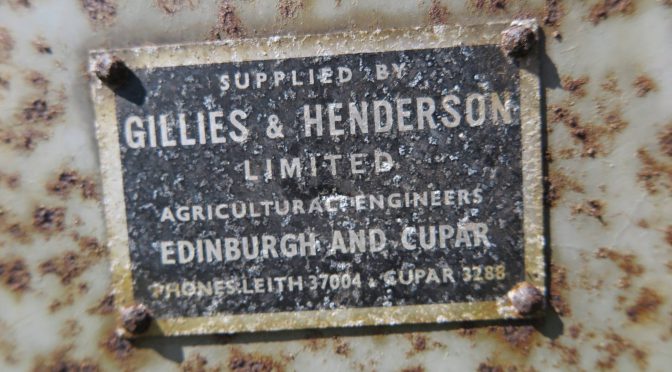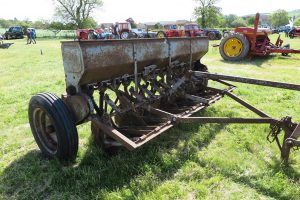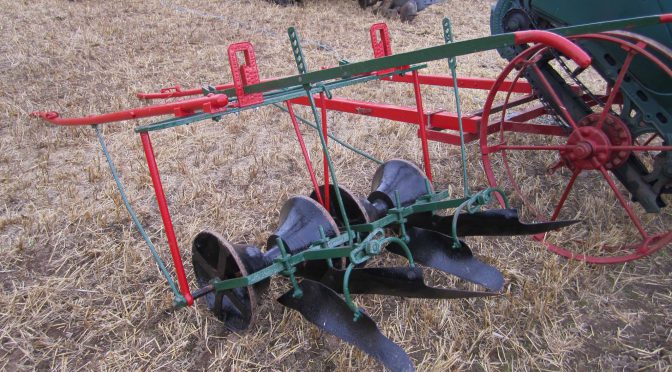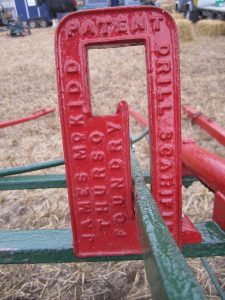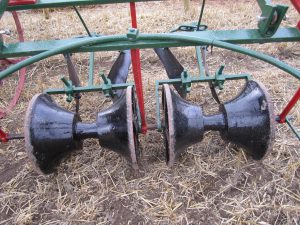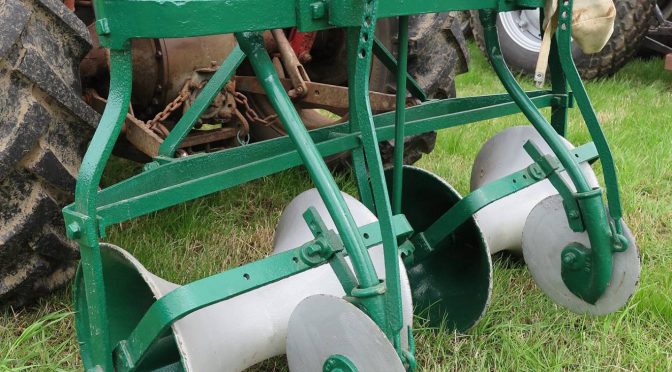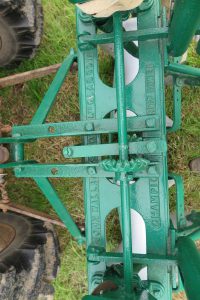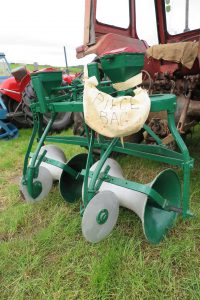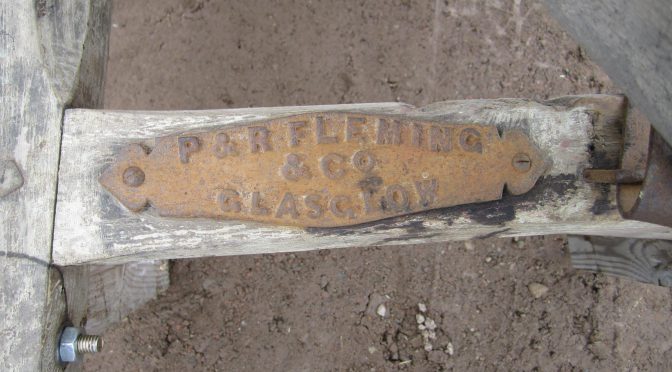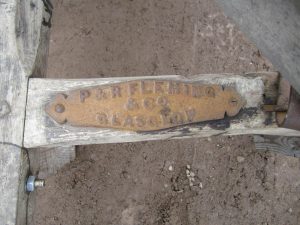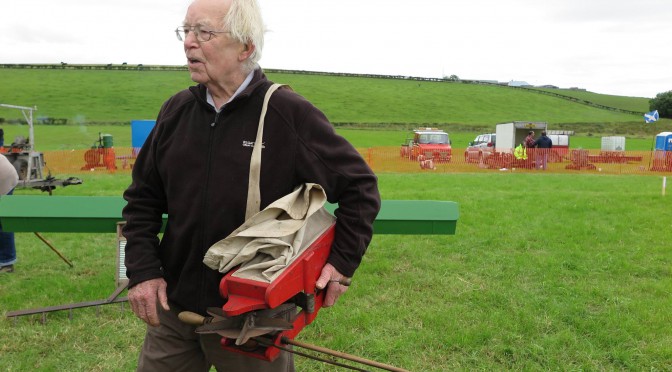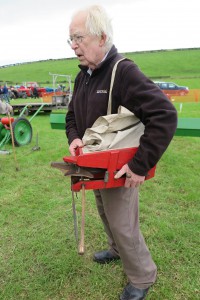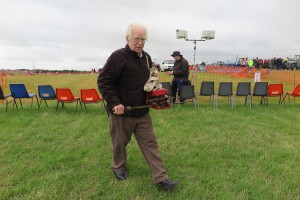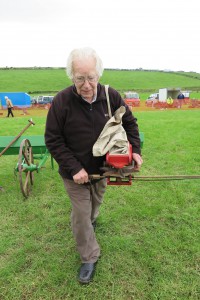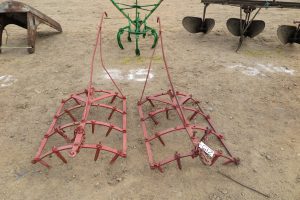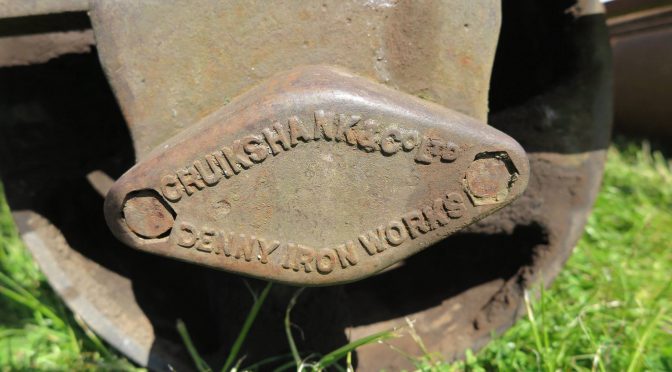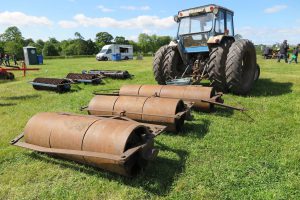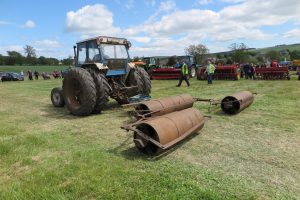Reekie is a name that has been intimately associated with tatties for since the mid 1940s: tattle sorters, graders, brushing machines, bed tillers, and stone and clod separators to name a few machines.
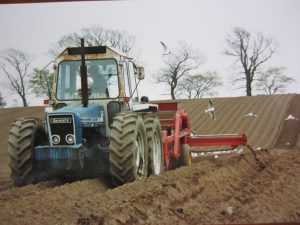 Reekie Engineering Co. Ltd, was incorporated as a company limited by guarantee in 1946. By 30 August 1946 it was advertising its manufactures in the Farming News where it was to be a regular advertiser in following decades. Its works were at Lochlands Works, Arbroath. By the early 1960s the company had premises at Arbroath, Forfar and Laurencekirk. In 1868 it had premises at Station Road, Inverurie.
Reekie Engineering Co. Ltd, was incorporated as a company limited by guarantee in 1946. By 30 August 1946 it was advertising its manufactures in the Farming News where it was to be a regular advertiser in following decades. Its works were at Lochlands Works, Arbroath. By the early 1960s the company had premises at Arbroath, Forfar and Laurencekirk. In 1868 it had premises at Station Road, Inverurie.
In 1955 the company was recorded in trade directories as an agricultural engineer, machinery and equipment dealer and as an agricultural engineer, implement, machinery and equipment manufacturer.
It was a regular attender at the Highland Show from 1948 onwards, also entering a number of its new range of machines for the “New Implement” award. These included its Reekie 4-row seeder in 1950, its potato sorter in 1960, its turnip harvester in 1960, its automatic weighing machine in 1961, its potato grader in 1961, its triple sized brusher grader in 1962, its rotor turnip harvester in 1963, its high capacity potato separator in 1963, its potato brushing machine in 1966, its continuous automatic weight in 1966, its multi-purpose potato grader in 1967 and its triple sizer multipurpose potato grader in 1968. And of course its clod and stone separator, now built in Lincolnshire. It was an award winner.
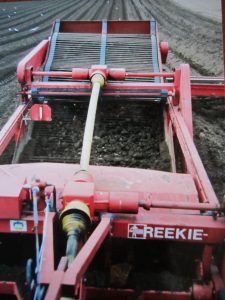 Its stone and clod separator was a revolution for the Scottish tattle grower. It was key to solving the ever increasing problem of securing sufficient squad labour, and to more efficiently and effectively using harvesters. The solution to the successful mechanisation of the potato harvest was in soil preparation and bed making rather than in harvesting. It really did revolutionise work on the back of the harvester.
Its stone and clod separator was a revolution for the Scottish tattle grower. It was key to solving the ever increasing problem of securing sufficient squad labour, and to more efficiently and effectively using harvesters. The solution to the successful mechanisation of the potato harvest was in soil preparation and bed making rather than in harvesting. It really did revolutionise work on the back of the harvester.
The photographs of the Reekie stone and clod separator were taken at Pilmuir Farm, Balerno, Midlothian in the 1990s.
© 2016 Heather Holmes
